

Historic motorcycle demonstrations at the TABAC Classic GP Assen
United Classic Racing (UCR) brings historic motorcycles to the racetrack at TABA...
From the '50s to the late '90s five decades of dangerously fast racing produced some of the most iconic racing cars and motorcycles in motorsports history. The TABAC Classic GP will host some of the best racing heritage from that era.
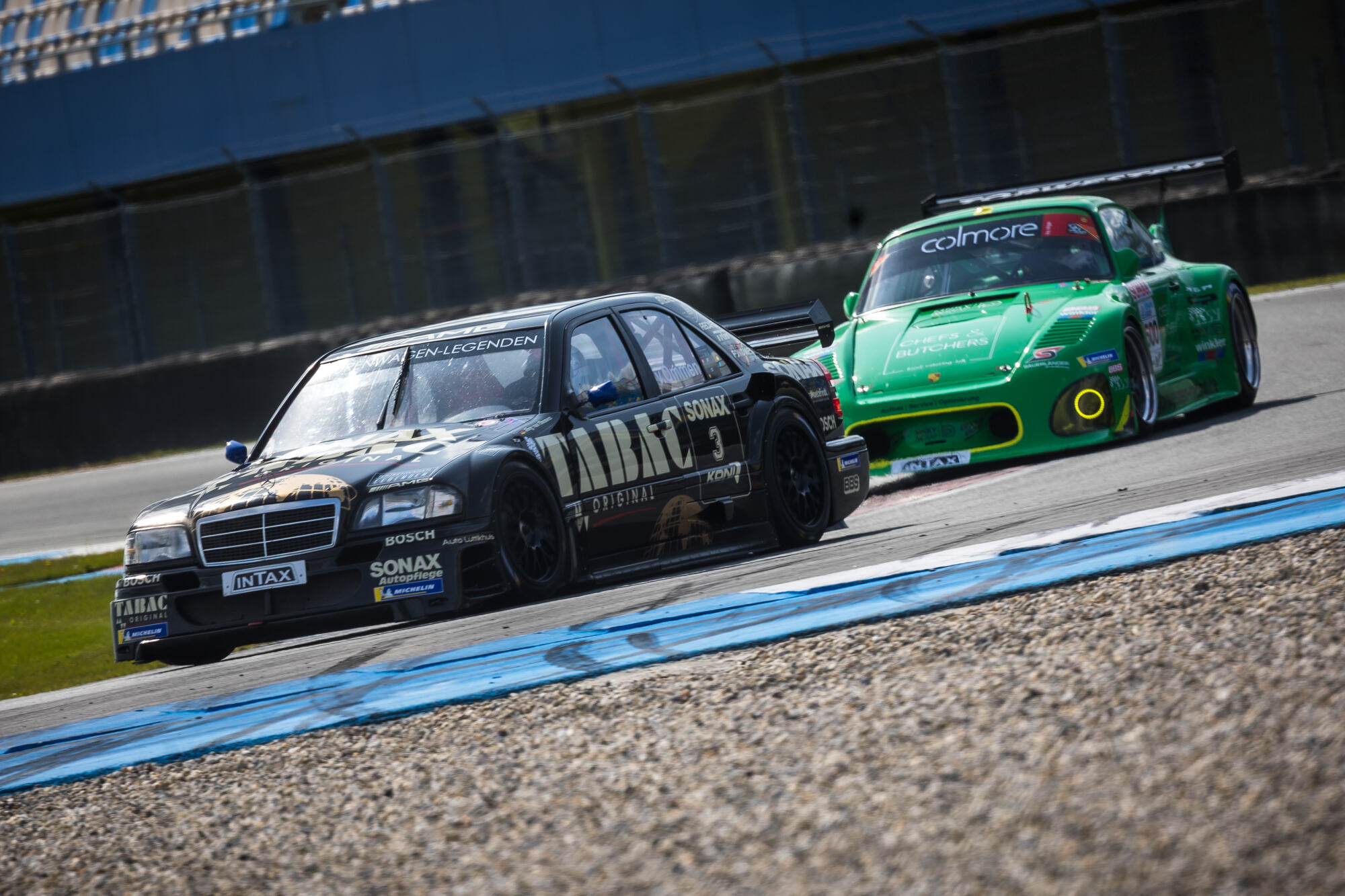
The Tourenwagen Legenden celebrate the ‘golden’ years of DTM Touringcar racing, boasting some of DTM’s finest and most successful racing cars, like the Mercedes Benz C-Class DTM, Opel Calibra DTM and Alfa Romeo 155 V6 DTM. These 500 horsepower-strong factory family saloons were the talk of the town in the mid-90s. The Tourenwagen Legenden sports three additional divisions including one for the ‘Evolution’ models, like the Ford Sierra Cosworth, raced from 1990 to 1993, a division for 80s street-legal touring cars like the Mercedes-Benz 190 E 2.3 16v, Volvo 240 Turbo, Opel Astra GSI and a division for ‘Supertourer’raced between 1993 and 2000 like the Renault Laguna.


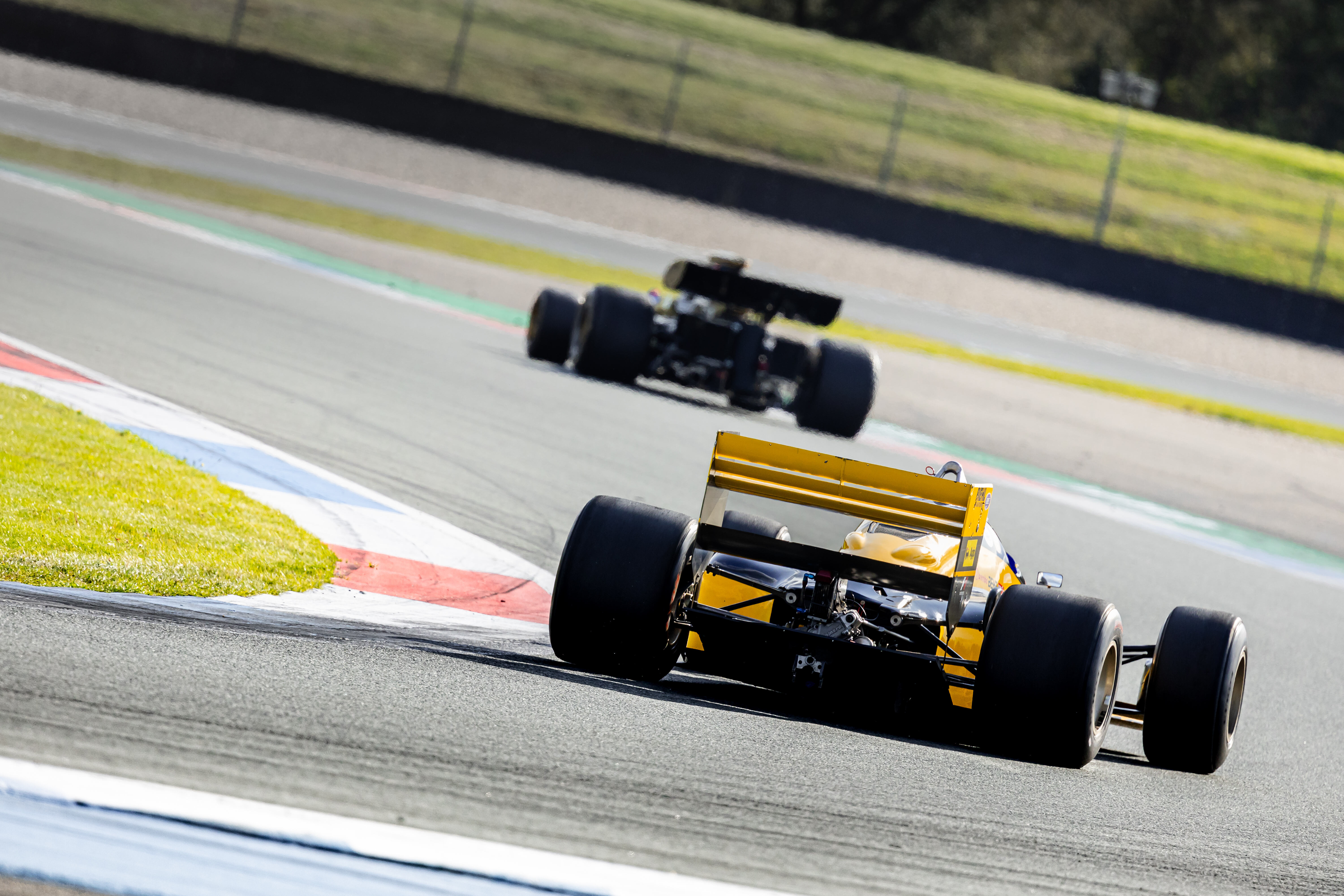
Experience the raw power and thrill of classic Formula 1 cars from the '70s, ‘80s and ‘90s at the TABAC Classic GP Assen! Watch historic F1, F2, and F5000 cars roar around the legendary TT Circuit Assen during the Formula Legends demonstrations.


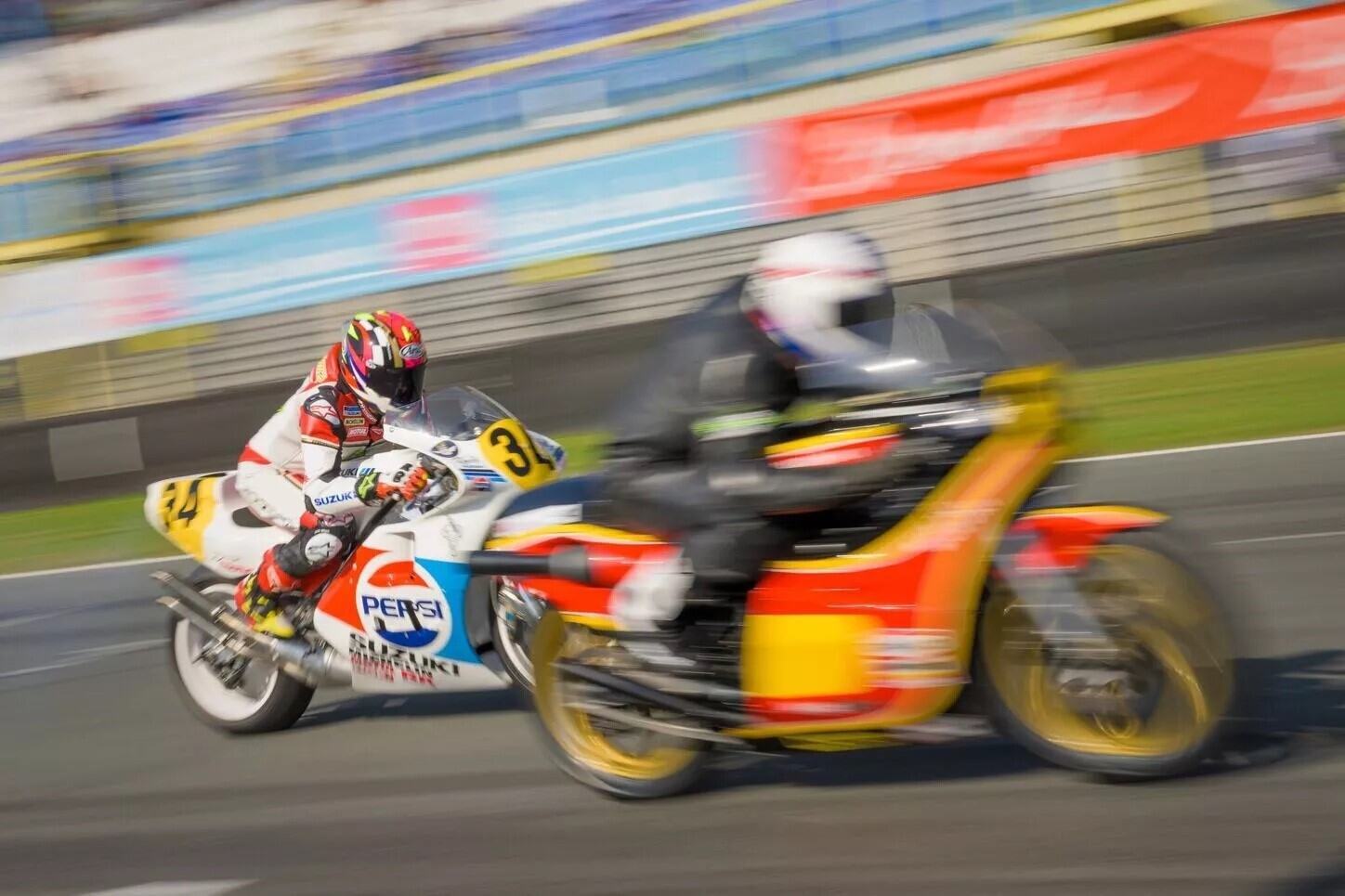
In its 75-year long existence the FIM Motorcycle Road Race World Championship hosted some extraordinary grand prix racing bikes. Starting out in the 50s with rumbling 4-stroke machines, the highly efficient 2-stroke technology took over the world stage in the 60s and 70s with its domination lasting well into the millennium. Meanwhile ‘privateer’ tuners entered their own creations in the world championship. Classic GP Assen honours machines and riders from the past by reuniting them with the famous Dutch TT race track.


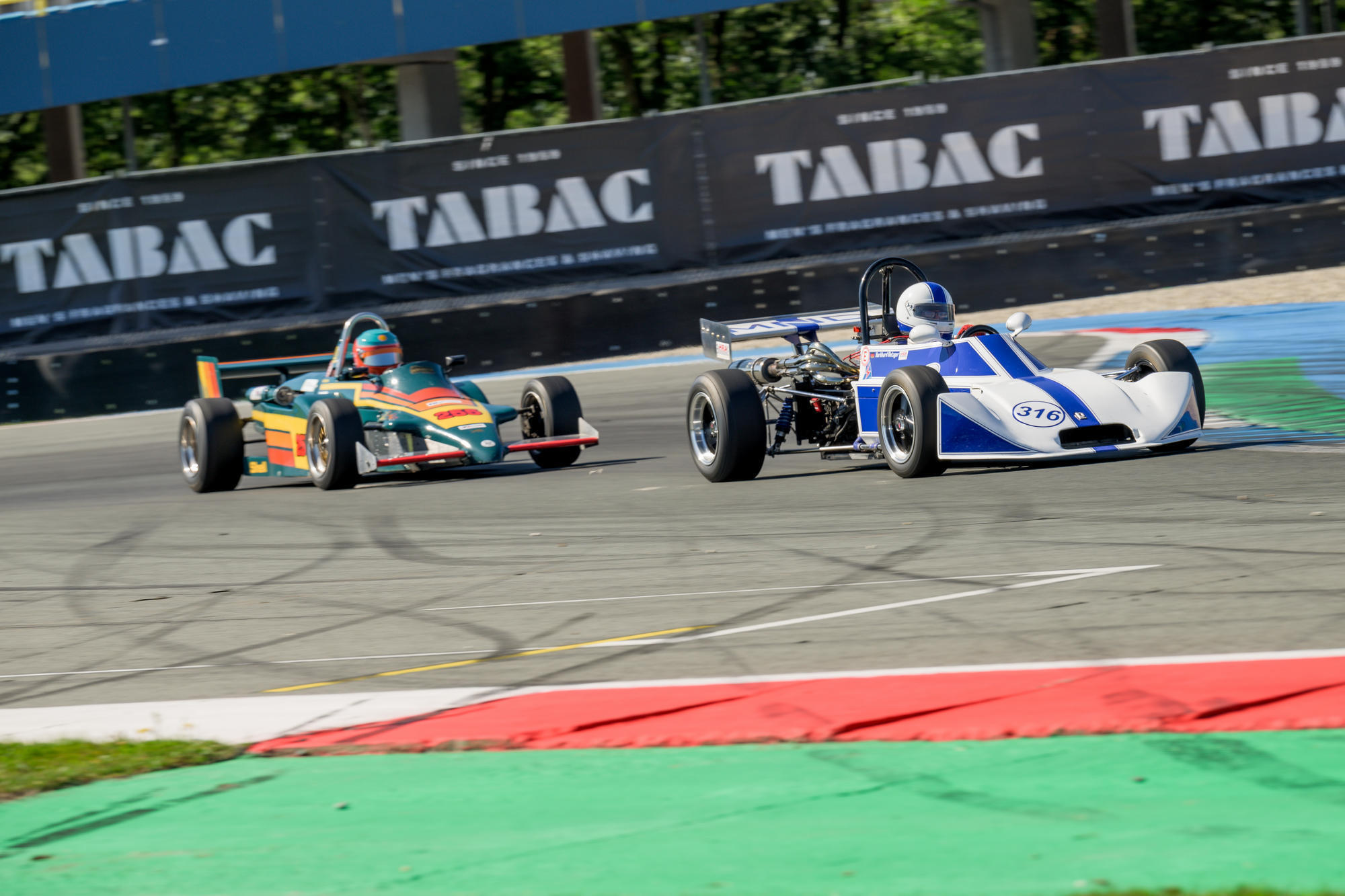
The ADAC Graf Berghe von Trips Cup is the first and longest running racing series in historic motorsport in Germany. The class was founded in 1982 and bears the name of Reichsgraf Wolfgang Graf Berghe von Trips, the first German Formula 1 winner who died in a fatal accident in 1961 and posthumously finished as runner-up in the Formula 1 world championship. The cup hosts a competition with Formula 3 cars, Formula Ford, Formula Atlantic and Super Vee up to 1990, but also with Formula 2 cars up to 1984. The Formula Ford Zetecs and Formula Opel Lotus' up to 2004 are among the youngest cars in the field.


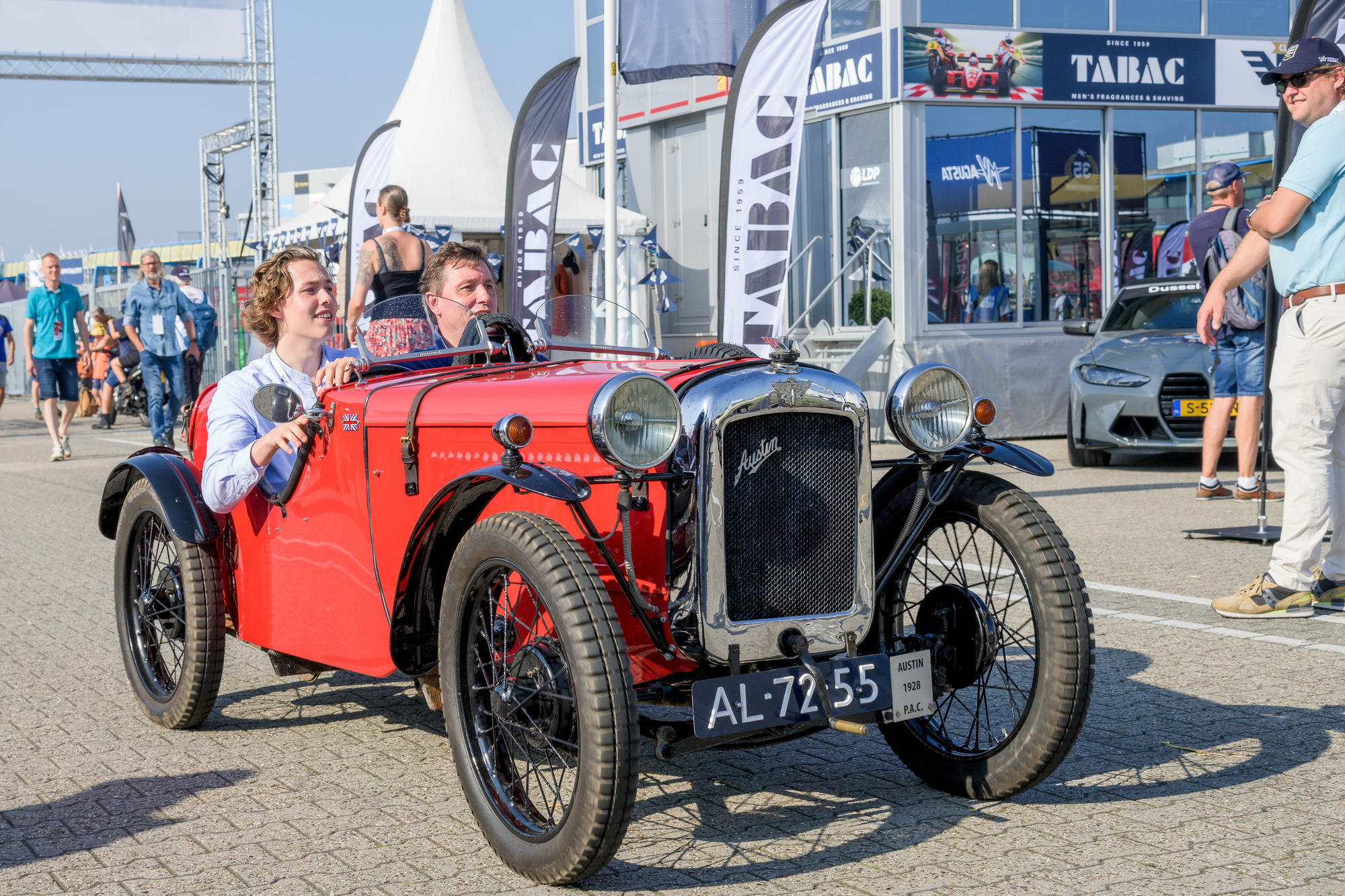
The Dutch Vintage Sports Car Club (DVSCC) aims to offer owners of pre-war sports cars, including 'sports tourers' and 'race cars', the opportunity to enjoy their cars in a recreational way. Members' cars are classified as ‘Edwardian cars’ built between 1908 and 1919, ‘Vintage cars’ built before 1931 and ‘Post-Vintage cars’ and ‘Thoroughbred sports cars’ built before 1940. At DVSCC events, the focus lies on responsible driving skills and proper knowledge of the driving characteristics of the car. All participants and participating cars must meet the safety requirements that apply at a particular event. In addition, each member and each participant is responsible for presenting their pre-war car to the best of their knowledge and ability in an excellent and well-maintained condition. The DVSCC was founded in 2005 and has since acquired a solid position in the Dutch classic car scene.


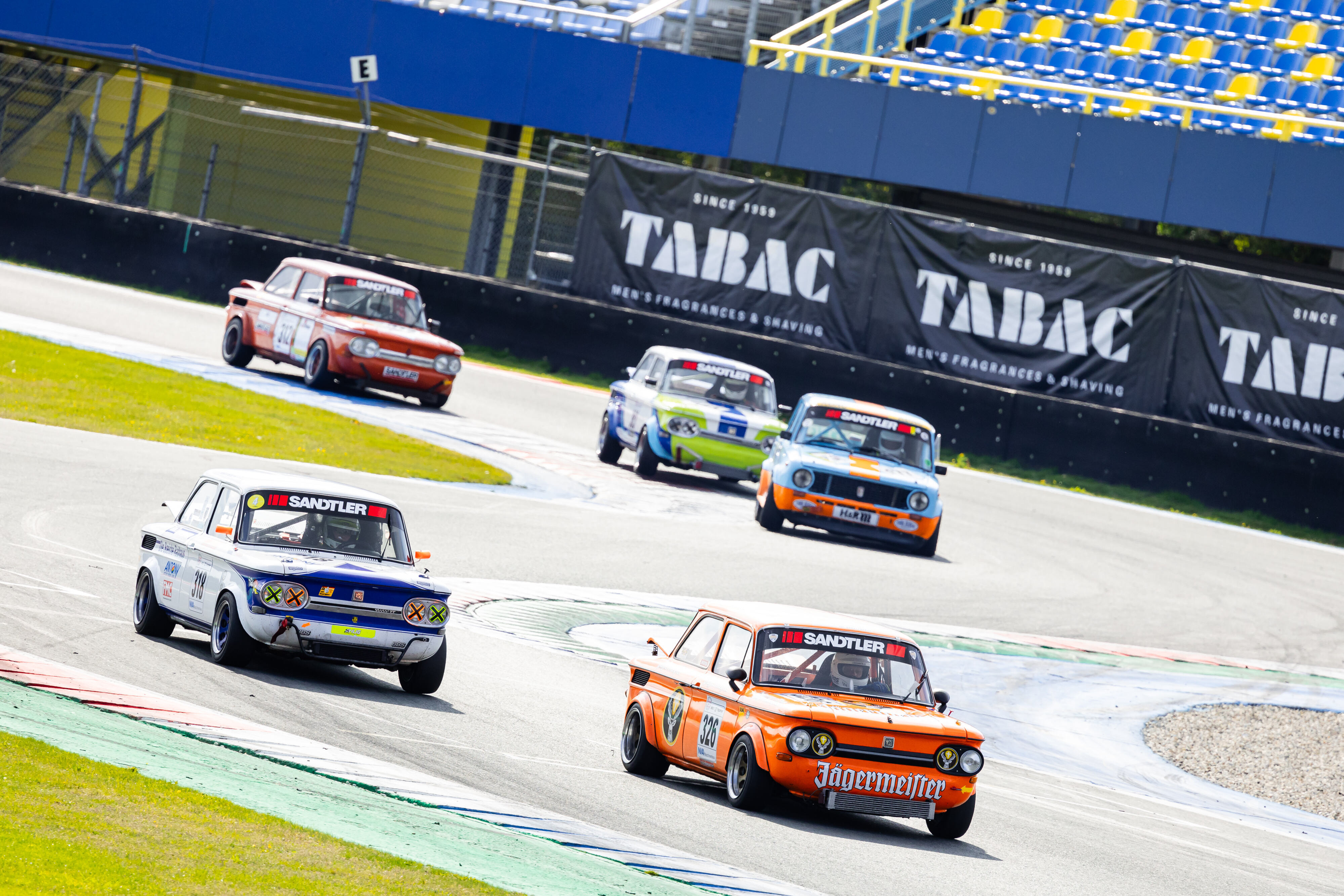
Thirty years ago a racing series for small and compact street cars was founded in Germany. It is currently Germany's largest sprint racing series. The race cars are divided into five groups. The Abarth Coppa Mille features cars with an engine displacement of just over one litre, like the Fiat Abarth 1000 TCs, Autobianchi A112 or Fiat 127.The Mini Cooper is the vehicle of choice for the British
Car Trophy. Many people still remember the NSU TT mountain and slalom races from the old days. These have found their home in the NSU TT Trophy. The 1300 Histo Cup is home to touring car classics such as a Fiat 128, Simca Rallye or Renault Gordini. The small touring cars, with a maximum cubic capacity of up to 1300 ccm, are the crowd favorites at every historic motor sport event.


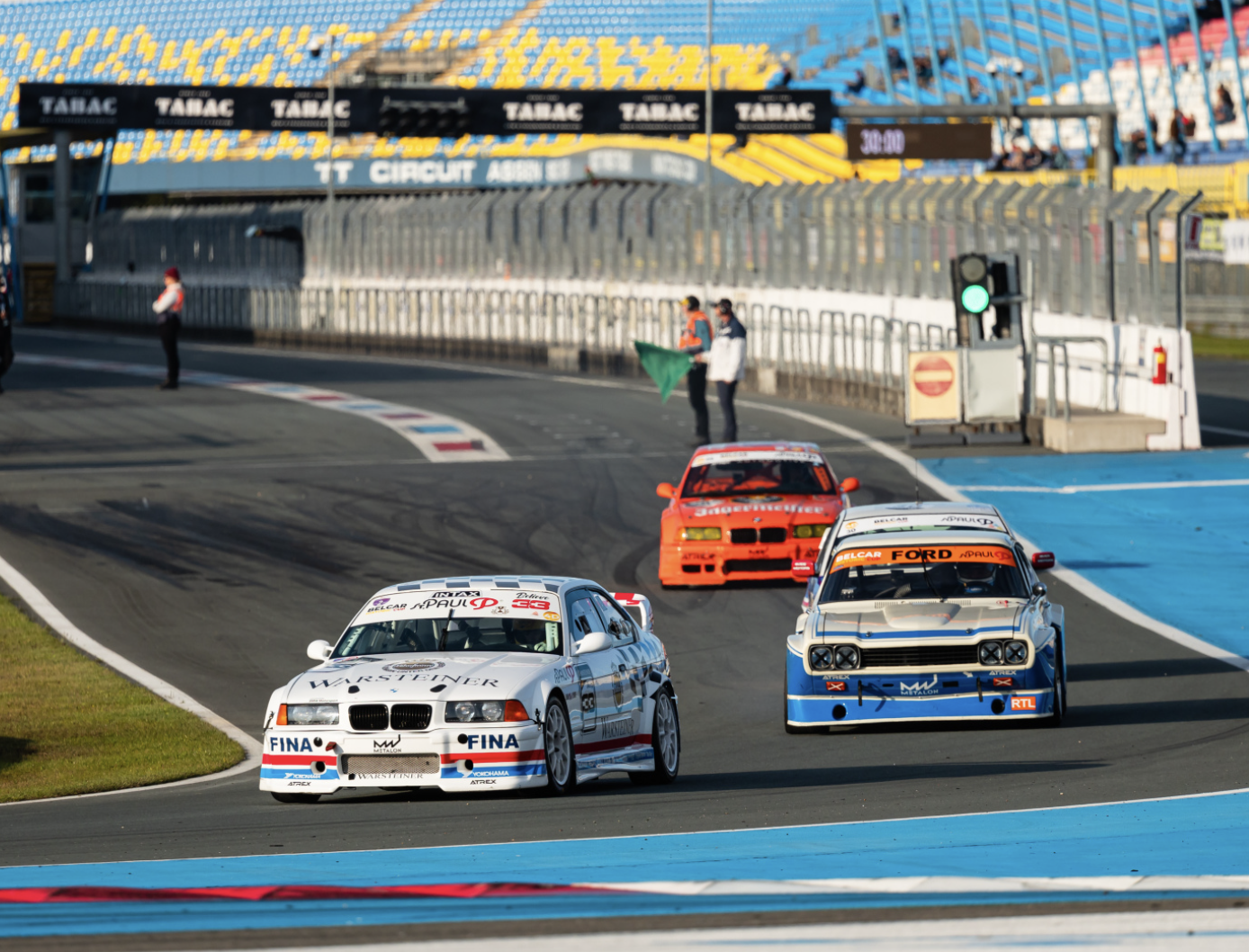
The Belcar Historic & Youngtimer Cup is a championship suited for old- and youngtimers with and without an FIA HTP passport, divided by year of construction into pre 1982, 1982 tot 1991 and 1991 to 2000. Engine sizes vary from 1.300 cc to 2.500 cc. Big touring cars and GT’s like the Ford Capri and Sierra Cosworth, the BMW 635i Alpina, Corvette C4 and Ford GT40 share the track with the BMW E36 en E46 M3, Mercedes 190 E, Mazda RX3, Ford Escort RS 2000, Porsche 911 en 964 and Toyota Celica.


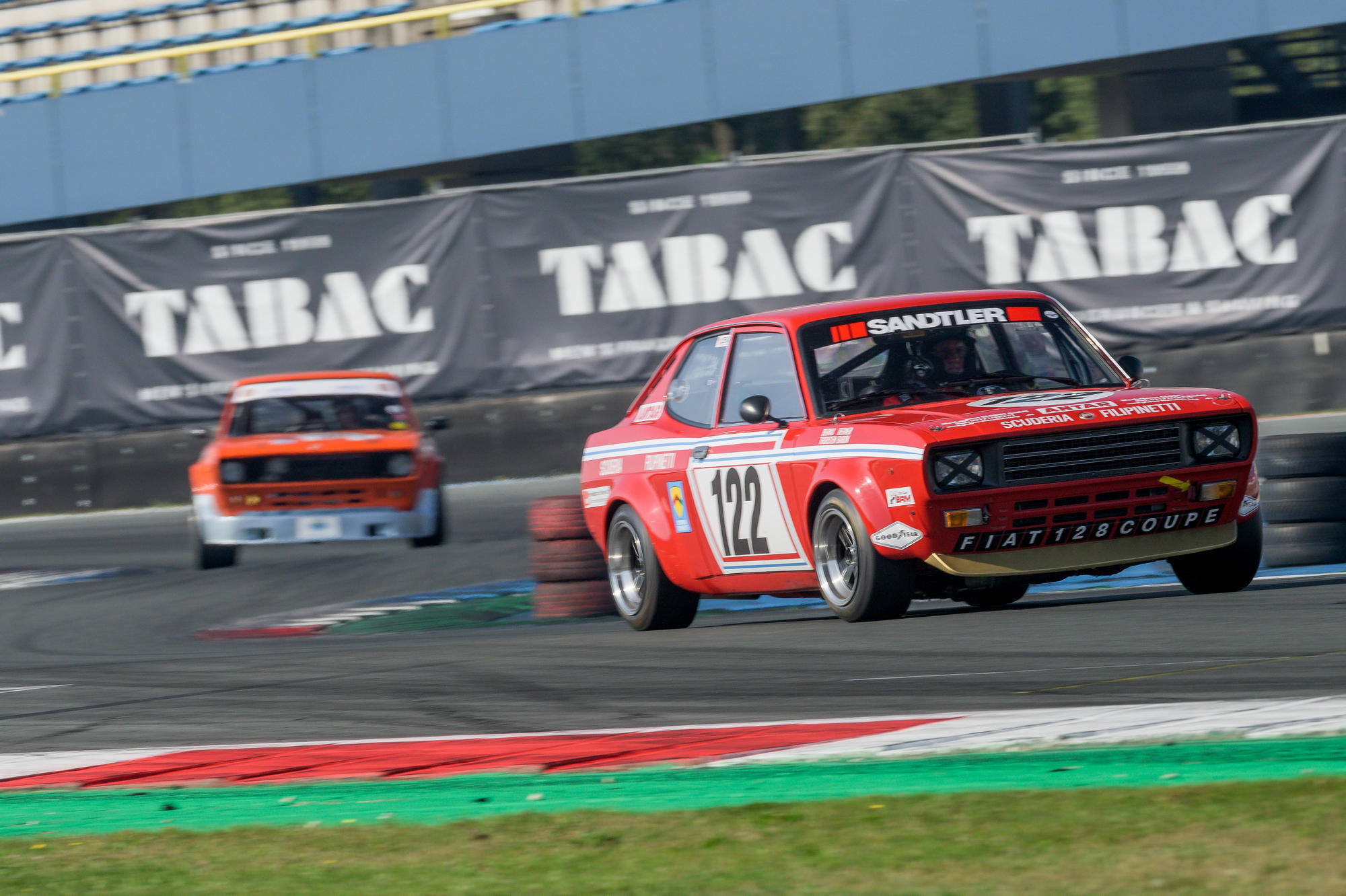
The Fast Seventies features races in touring cars and GT’s built between 1966 and 1981. Ford’s Escort and Capri models battle against the likes of BMW’s CSL and Porsche’s 911. All competing cars must have a historic FIA passport.


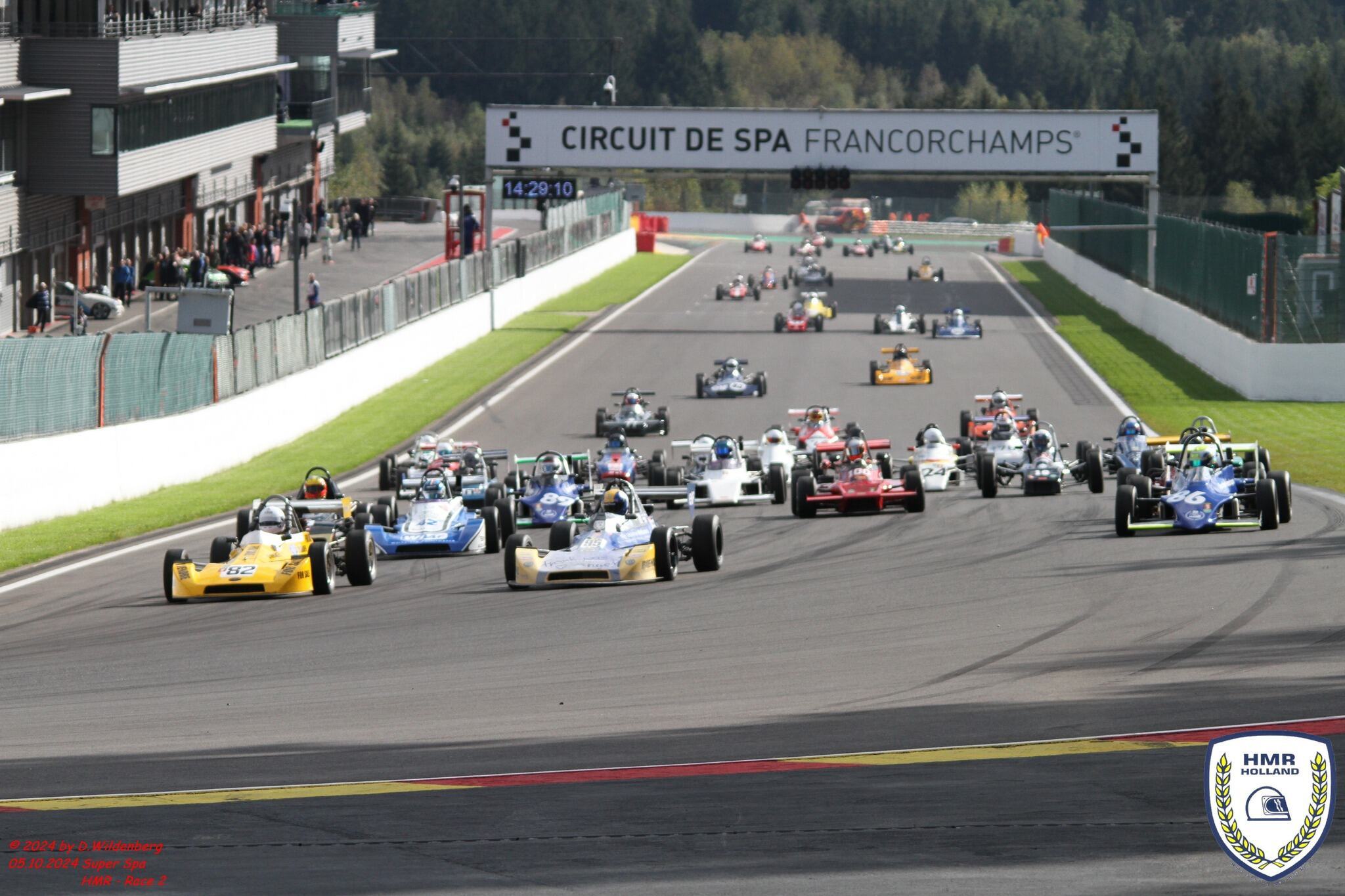
Historic Monoposto Racing (HMR) is a new addition to the TABAC Classic GP at the TT Circuit in Assen. Established in 1996, the foundation aims to keep Formula cars from the 60s, 70s, and 80s racing. Many legendary drivers, including Ayrton Senna, Alain Prost, and Michael Schumacher, have raced in classes now represented under the HMR banner. Historic categories such as Formula Vee, Formula Ford, and Formula 3 continue to provide thrilling competition, ensuring that an important piece of motorsport history remains alive.
HMR races offer spectacular, close, and fair racing for both drivers and fans. Divided into four main classes, the series guarantees exciting racing throughout the field. With a focus on preserving racing heritage, HMR delivers an exceptional experience for historic motorsport enthusiasts.


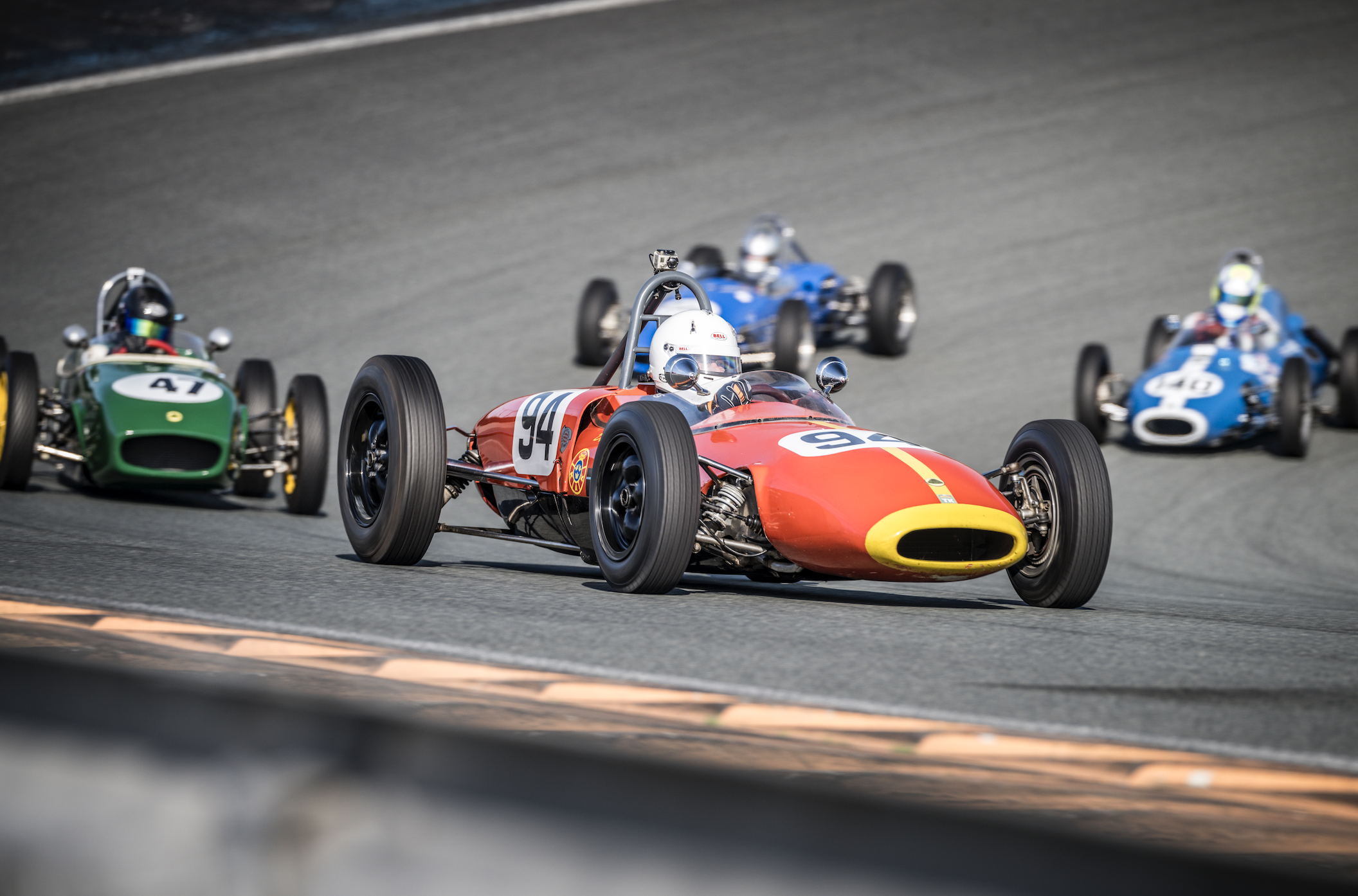
Formula Junior was introduced in 1958 by Count Johnny Lurani as a stepping stone for young drivers aiming for Formula One. Within a few years, it became a global success, producing legendary racers like Jim Clark, John Surtees, and Jochen Rindt. Revived in 1975, it remains one of the most popular historic racing categories today. The Formula Junior Historic Racing Association (FJHRA) continues to organize competitive events worldwide, including the 2025 Lurani Trophy, which will take place across six renowned circuits including at the TT Circuit Assen. With a diverse grid of front- and rear-engined cars from 1958 to 1963, Historic Formula Junior racing delivers thrilling battles throughout the field, making it a must-see for motorsport enthusiasts. The beauty of Historic Formula Junior is that there are races amongst competitors throughout the field, not just at the front, and the full spectrum of Formula Junior cars from 1958 – 1963, front and rear engined, will be on track for you to enjoy.






United Classic Racing (UCR) brings historic motorcycles to the racetrack at TABA...


Legendary German motorcycle manufacturer NSU is celebrating a special anniversar...

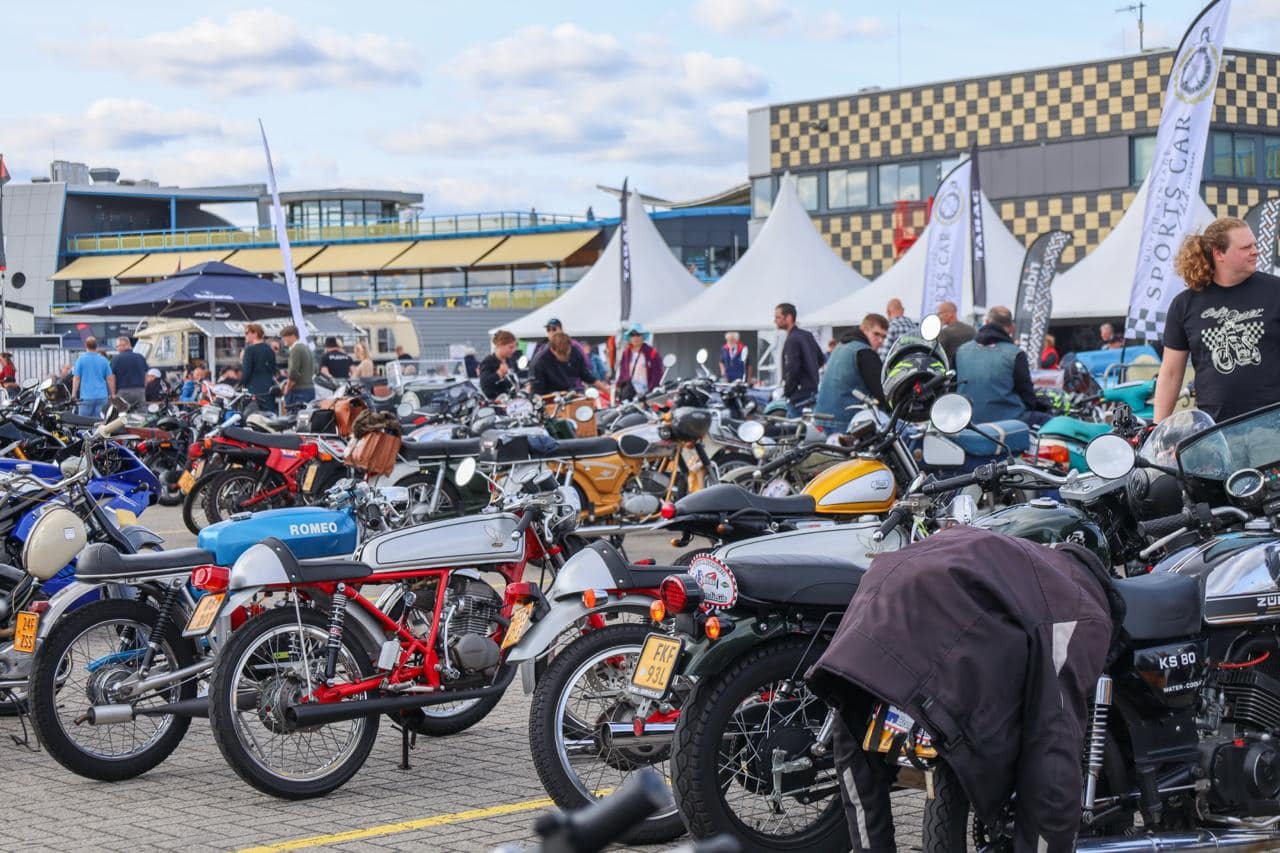
International online parts supplier JMPB Onderdelen, based in Dedemsvaart, has e...




